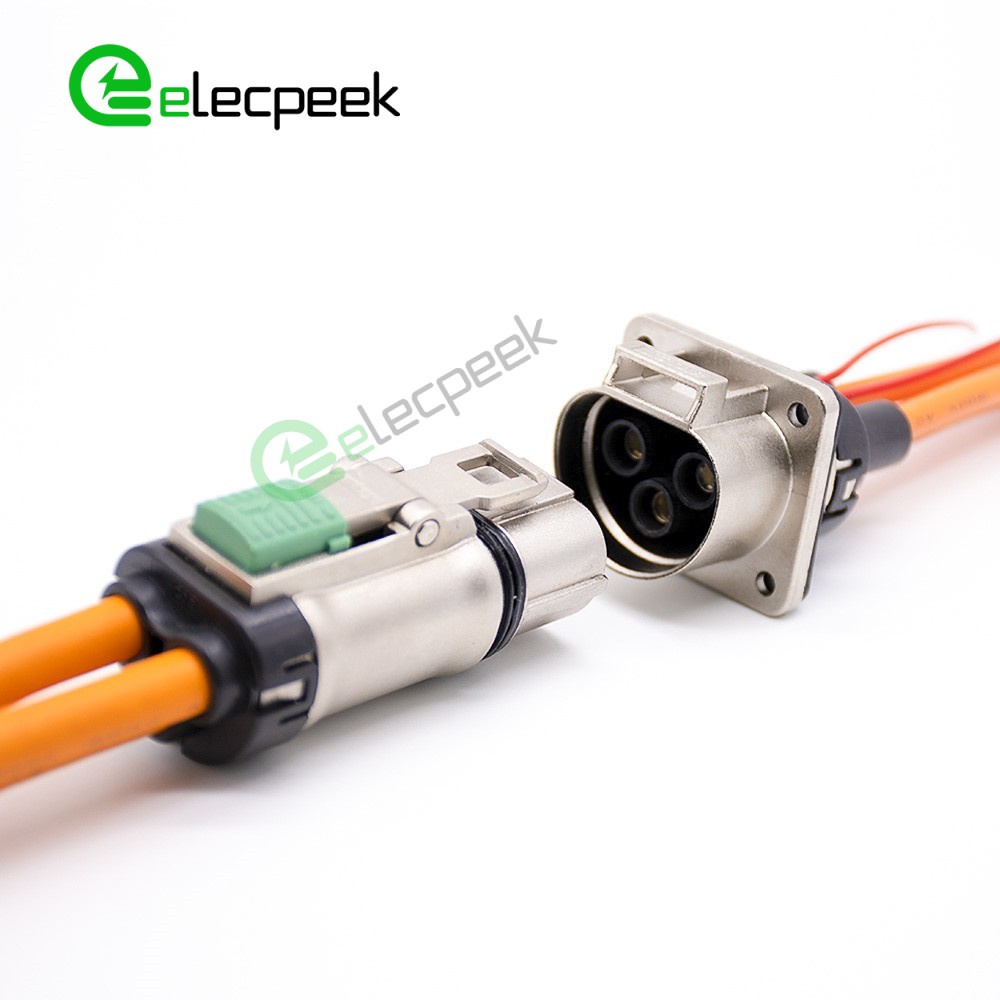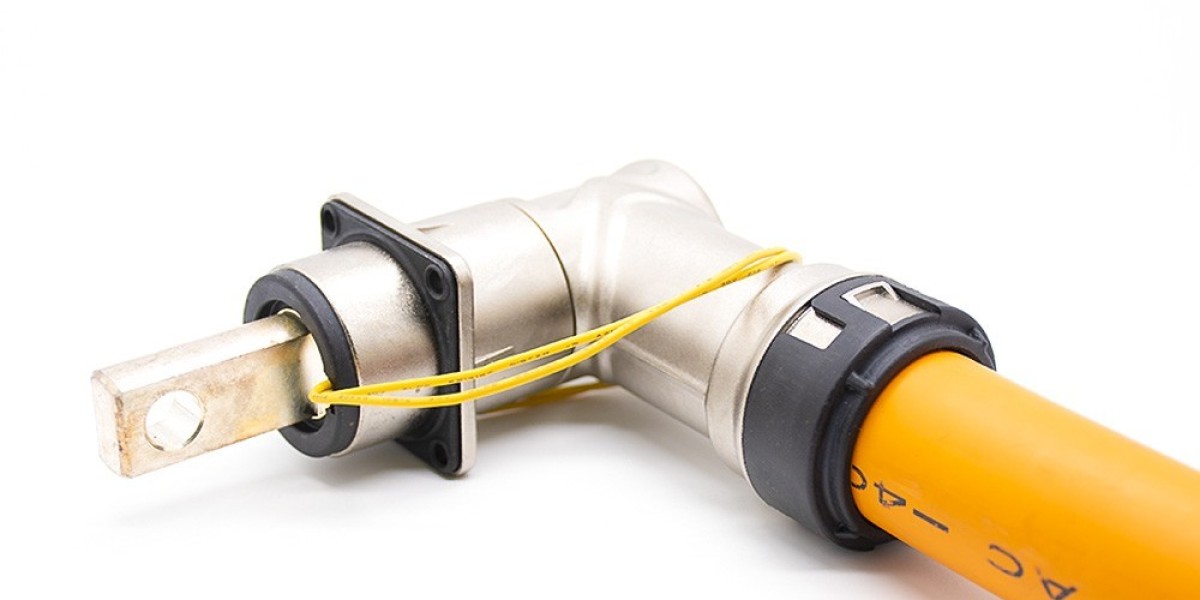Electric vehicles (EVs) are quickly becoming more popular due to their environmental friendliness and low operating costs. However, the safety of EVs must be a top priority, particularly when dealing with high-voltage electrical systems. That's where high-voltage interlock (HVIL) connectors and cables come in. HVIL connectors and cables serve as a critical component of EV safety by preventing accidental contact with high-voltage electrical systems.

An HVIL connector is a device that connects two parts of an electrical system while ensuring that they can only be connected if both sides of the connector are safe to connect. If one side of the connector is not safe, the connector will not engage, preventing any potential accidents. HVIL cables are high-voltage rated cables that are designed to provide a safe and reliable connection between components in an EV's electrical system.
The latest HVIL connector and cable systems are designed to meet the most stringent safety and performance standards for EVs. They come with features such as secure locking mechanisms, flexible cables, and high-voltage ratings, making them an ideal choice for any modern EV. HVIL connectors and cables also feature advanced insulation and shielding systems that protect against electrical interference and ensure the reliability of the electrical system.
When selecting an HVIL cable and connector system, there are several factors to consider, such as the voltage rating, cable length, and connector design. The latest HVIL systems offer a range of options to meet the unique needs of any EV design. For example, some HVIL systems may be more suited to fast-charging stations, while others may be better suited to slower charging applications.
In addition to providing safety and reliability, HVIL connectors and cables also play an essential role in enabling EV technology to continue to evolve. As EVs become more common, HVIL technology will continue to improve, allowing for faster charging, longer range, and increased performance.
In conclusion, HVIL connectors and cables are a critical component of EV safety and reliability. The latest HVIL systems provide advanced features that make them an ideal choice for any modern EV, ensuring that drivers, passengers, and technicians remain safe while operating and maintaining these vehicles. With HVIL technology continuing to improve, the future of EVs looks brighter than ever.








